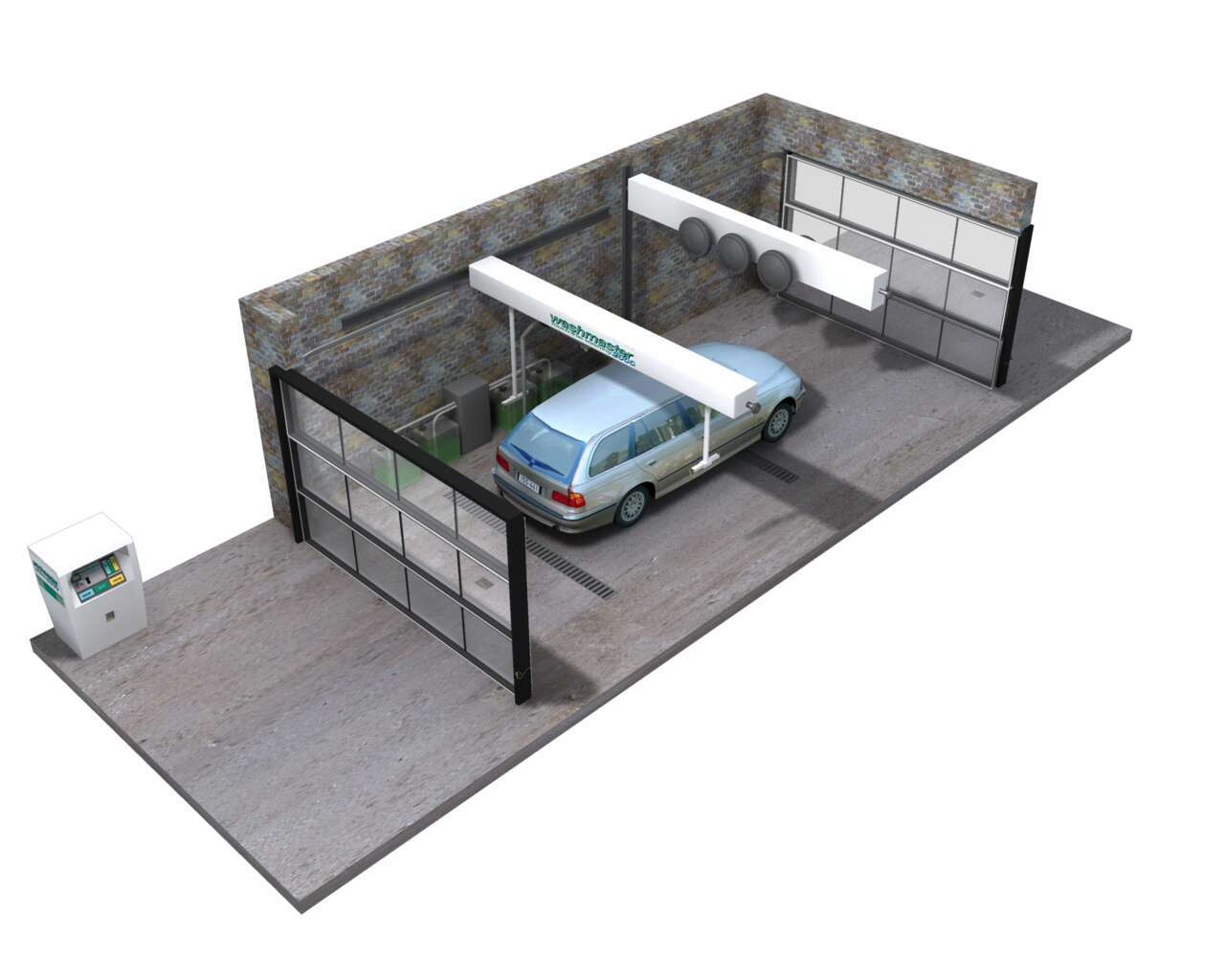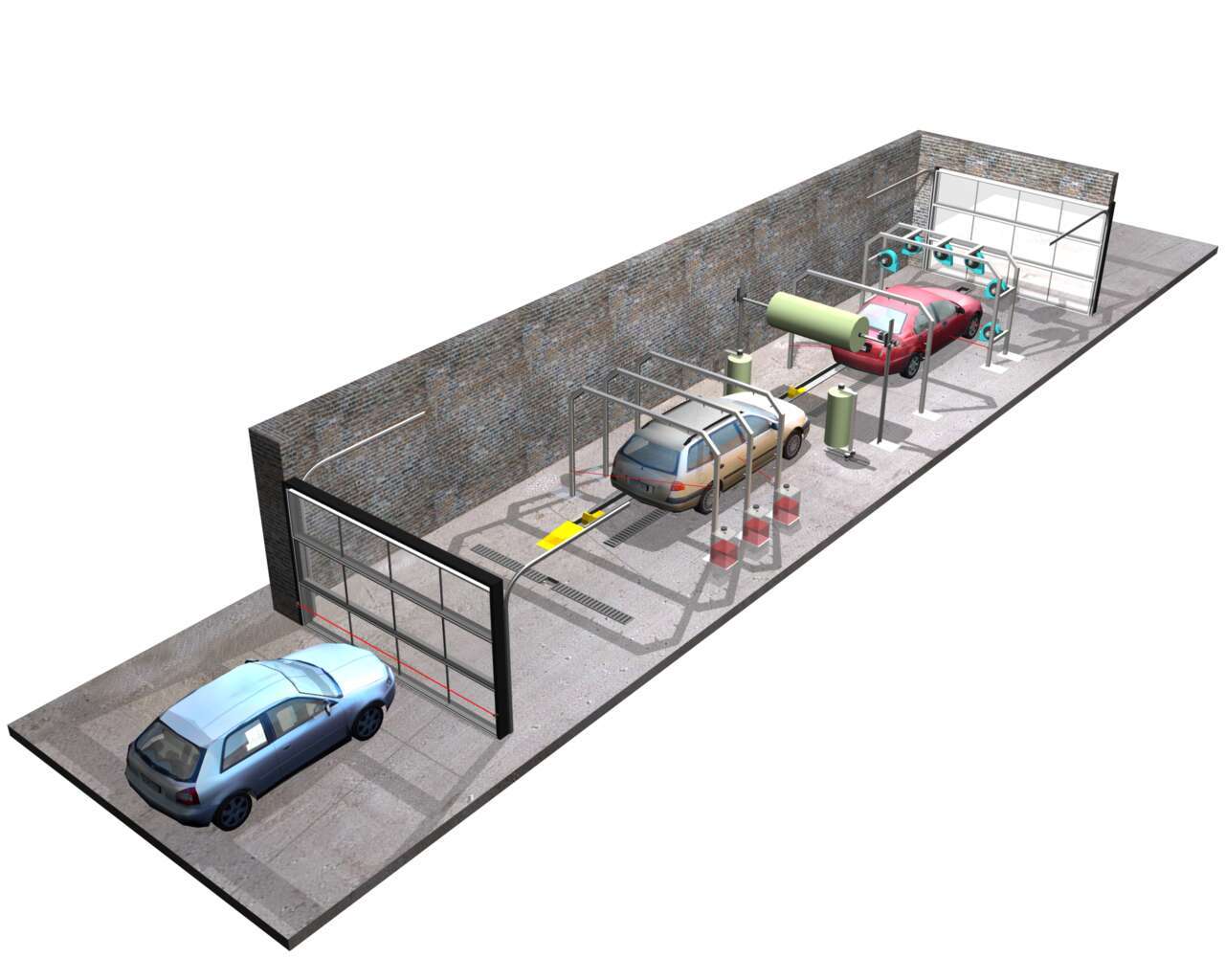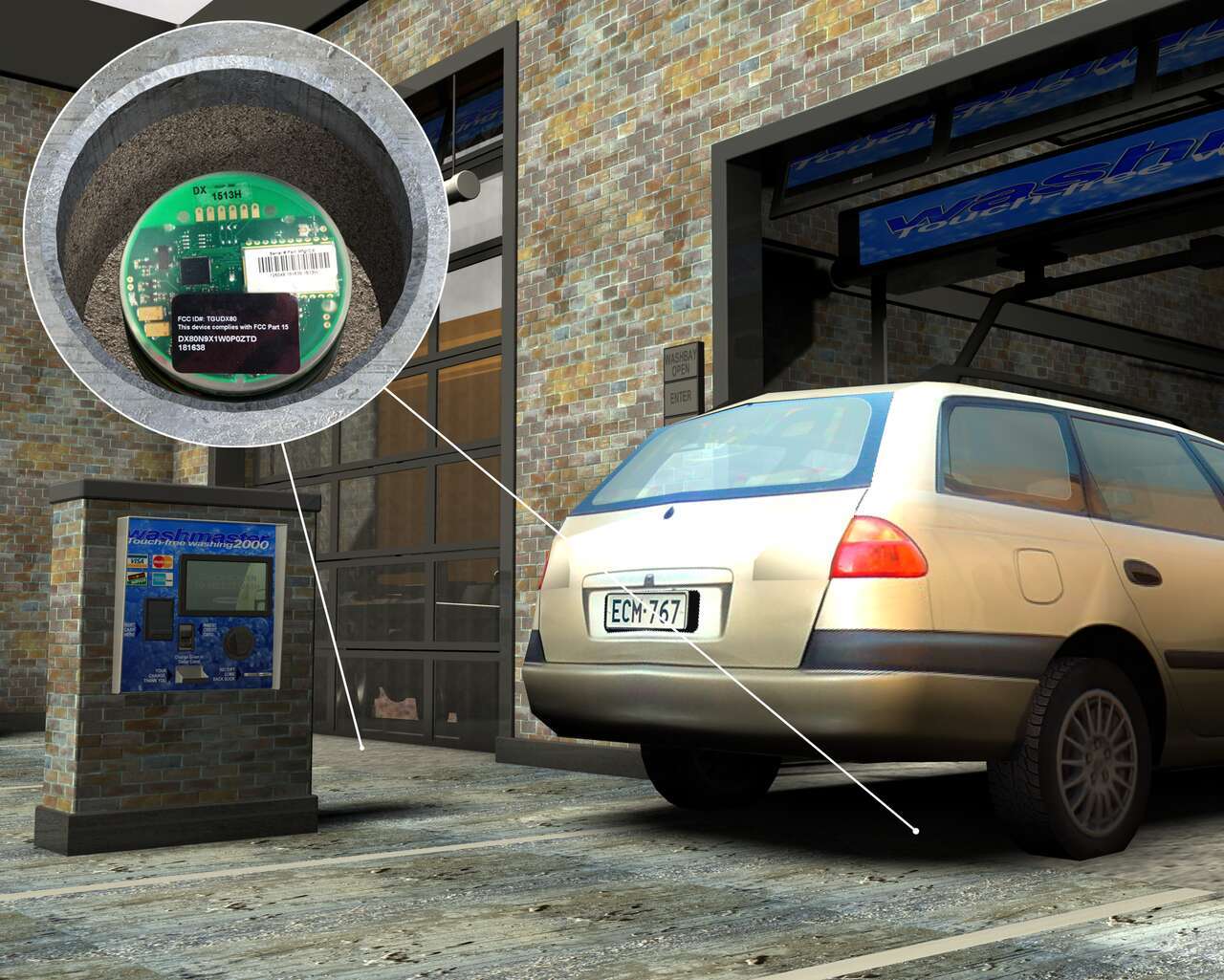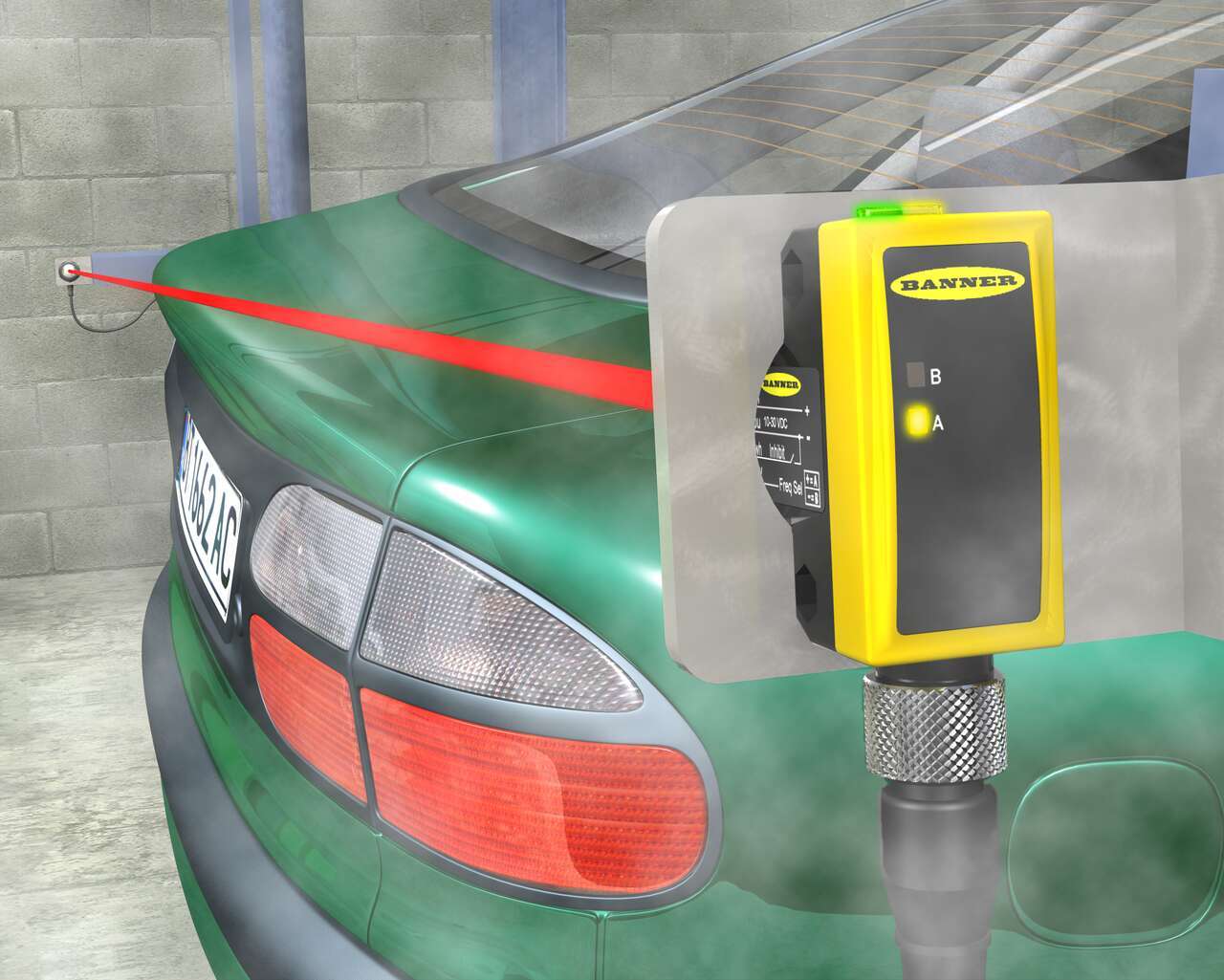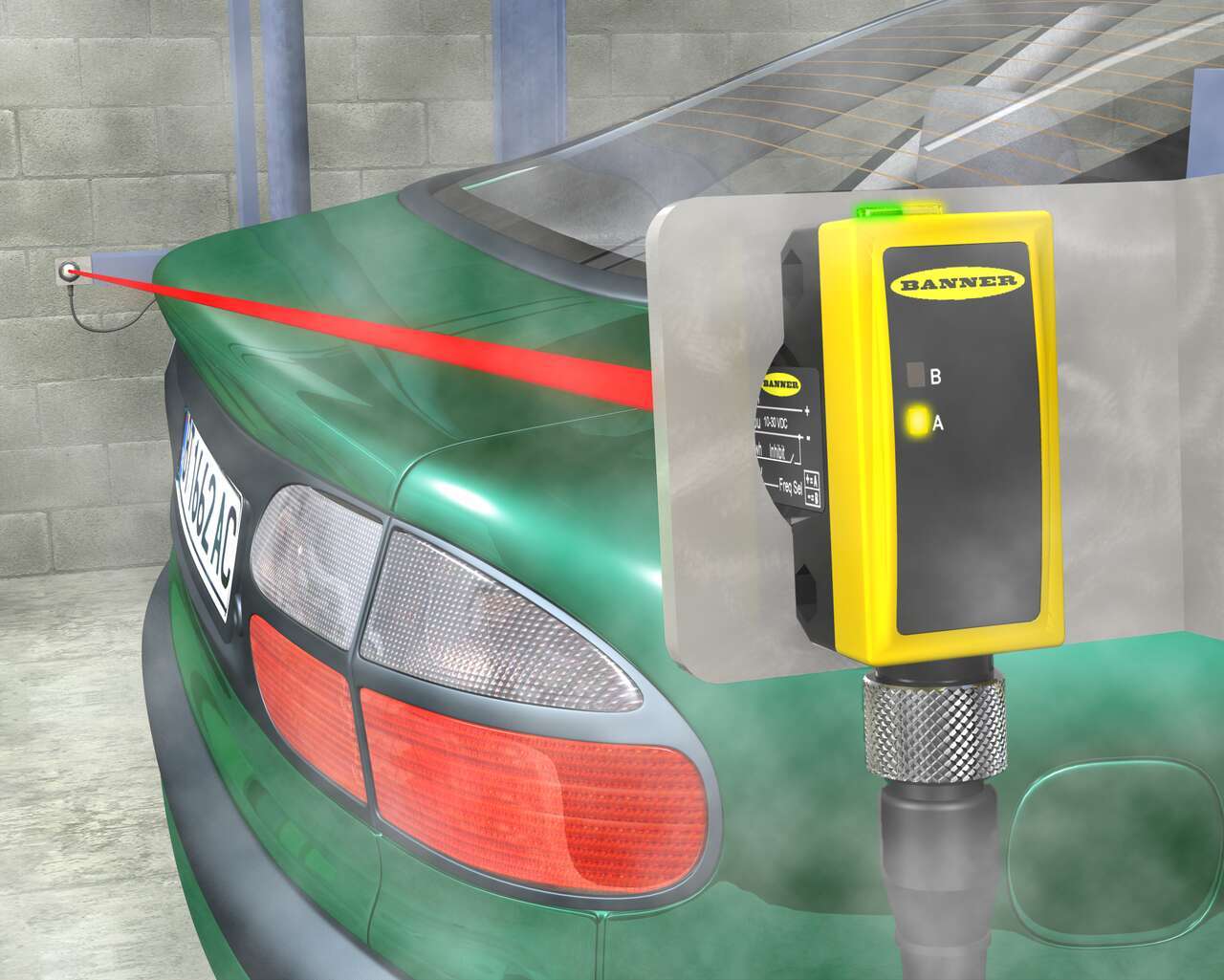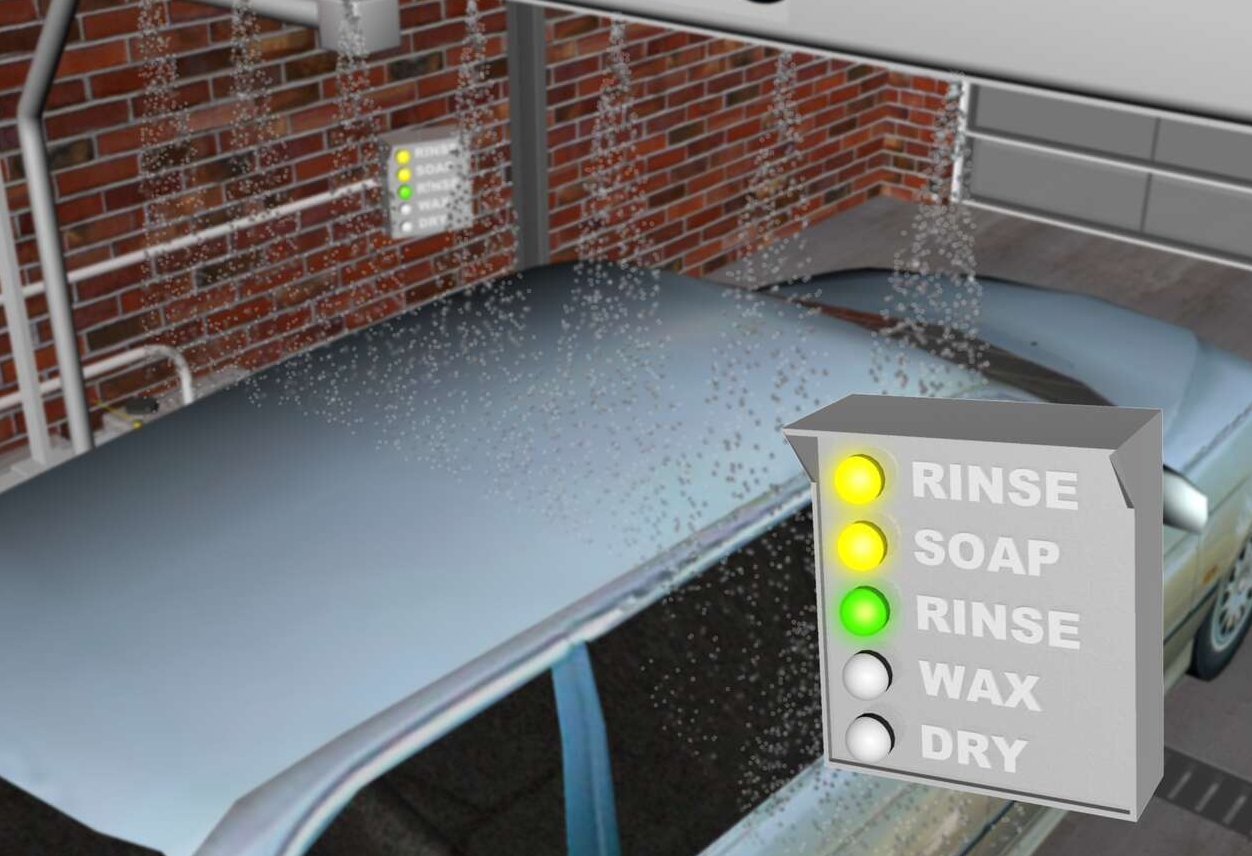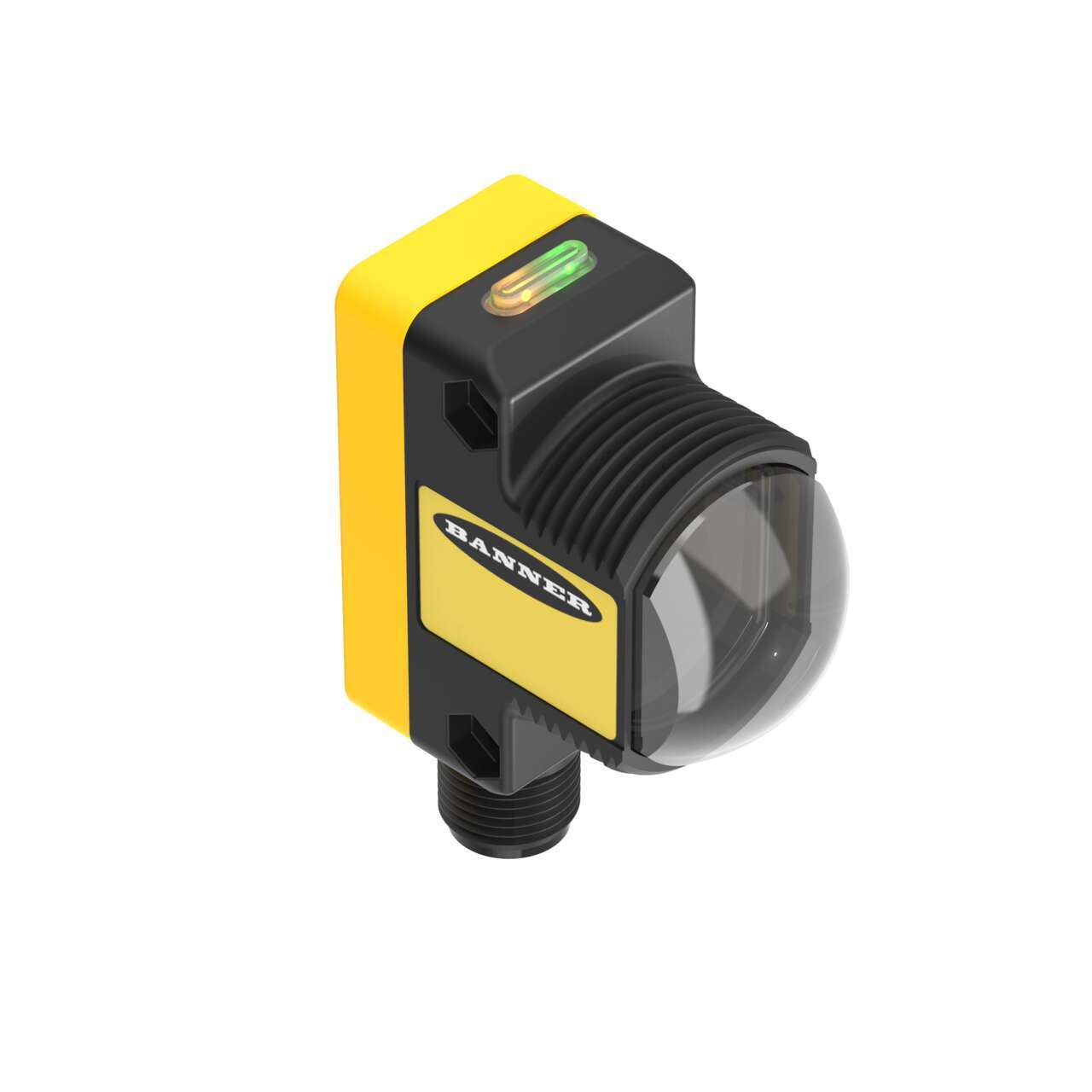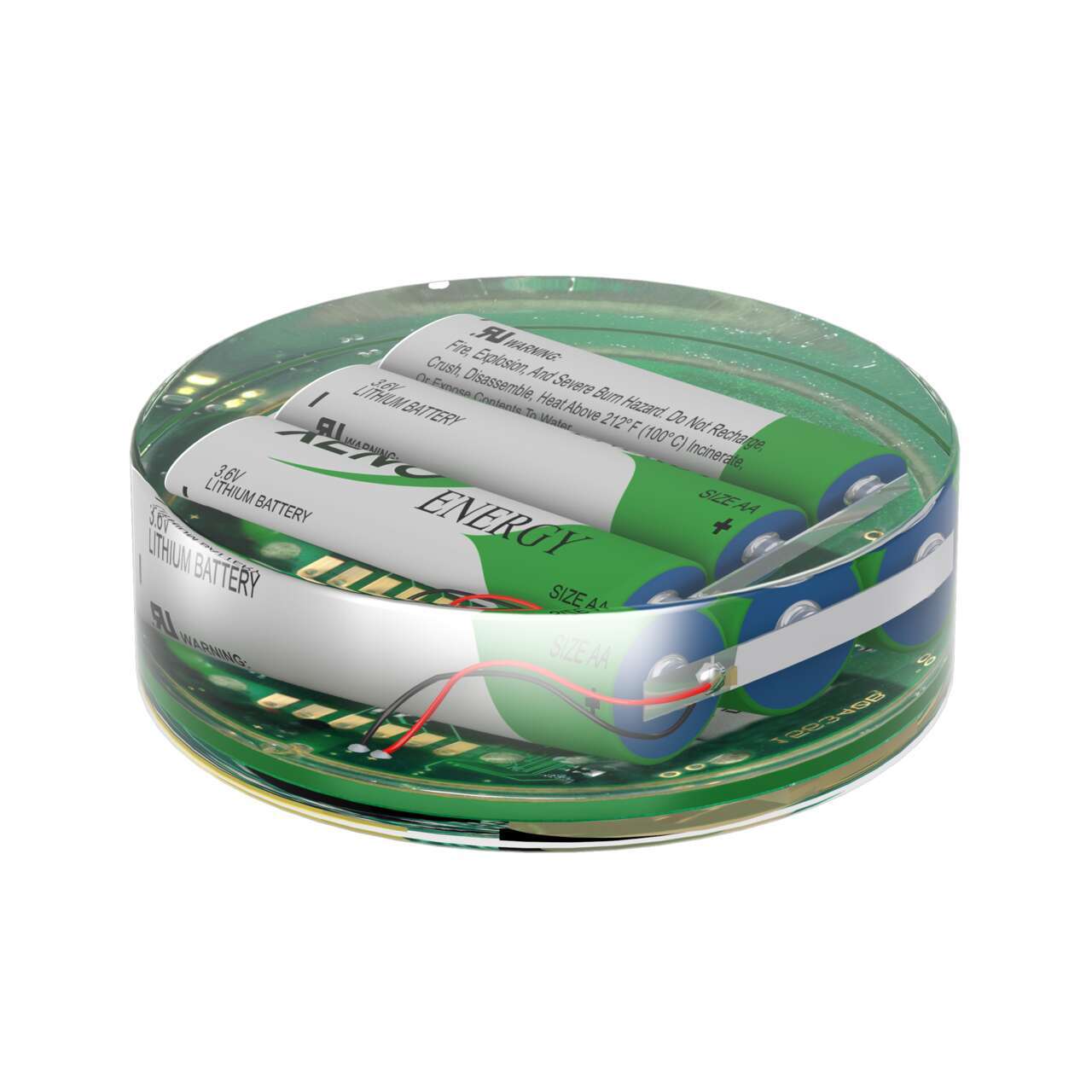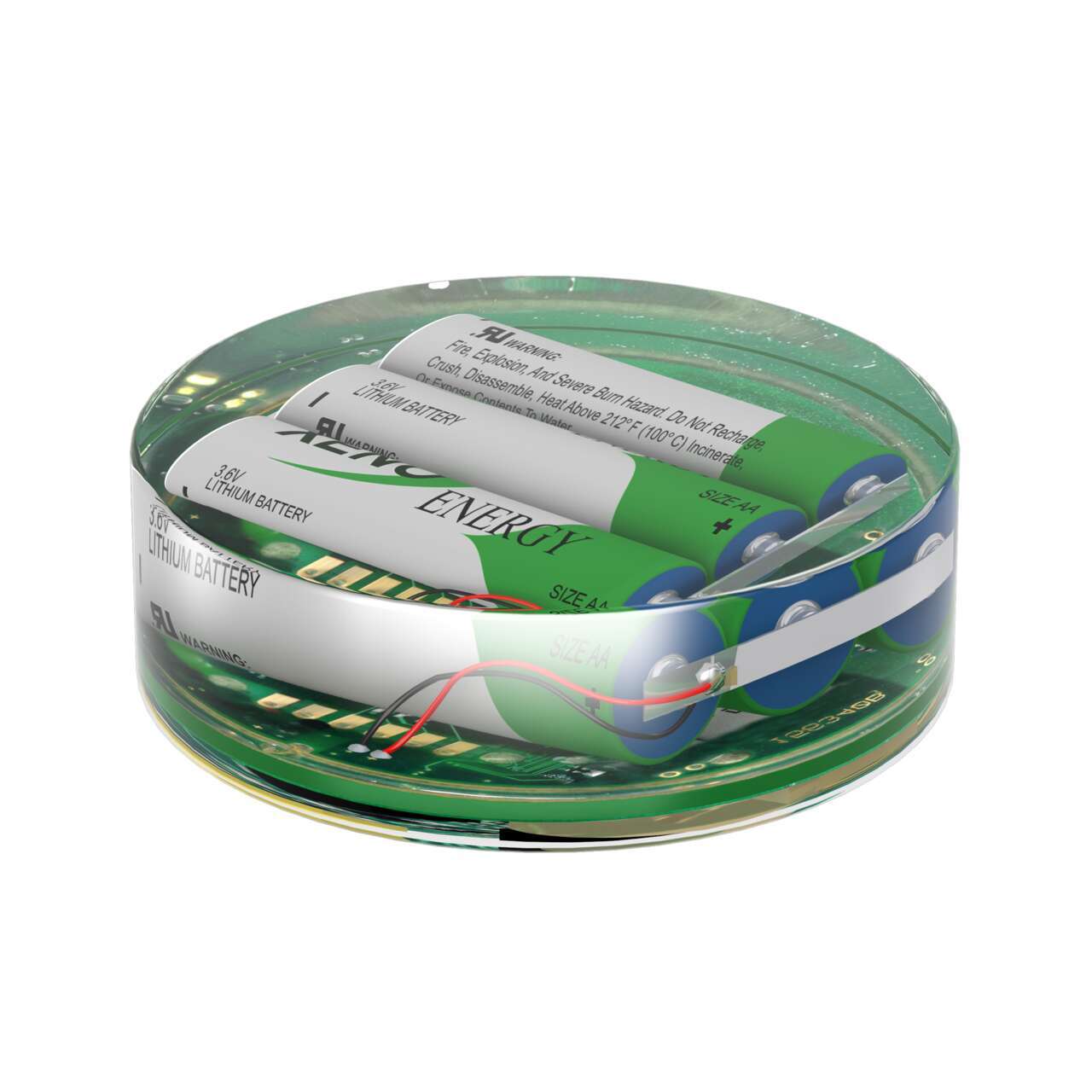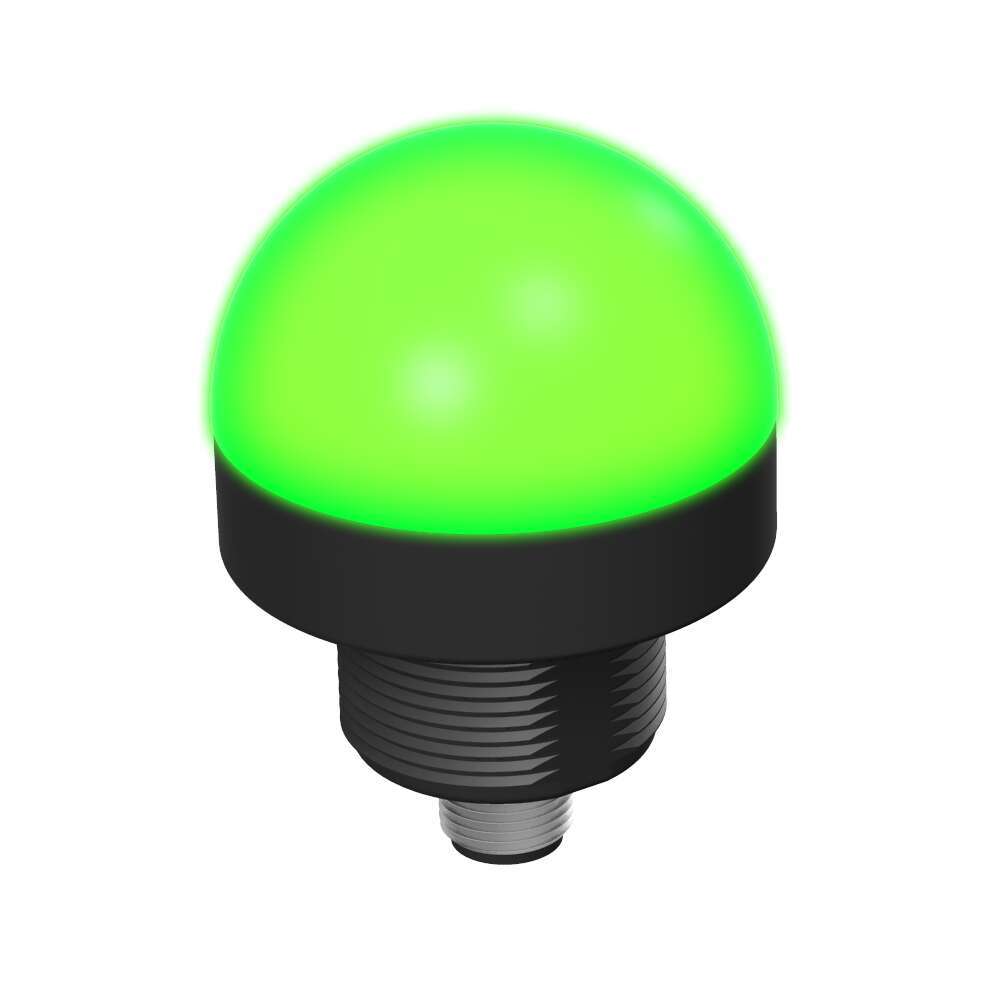Vehicle Detection at a Car Wash
Keep Automated Car Washes Running Smoothly
Vehicle detection at a car wash is essential to verify that vehicles are correctly positioned in the car wash bay, monitor the flow of traffic through the car wash, and trigger next steps such as opening and closing entry and exit doors.
However, harsh conditions both inside and outside of a car wash pose many challenges to traditional equipment, and heavy-duty solutions are required to withstand the environment.
Keep reading to learn about technologies that provide reliable vehicle detection in these difficult conditions.
Car wash facilities often require vehicle detection both outside and inside of the car wash bay to ensure proper flow of traffic and trigger automated entry and exit doors. These applications can be challenging for many sensors due to the harsh conditions both inside and outside of the facility.
Outside of the car wash, sensing technology is exposed to variable weather conditions, like wind and rain, that can impact sensor performance.
Meanwhile, inside of the car wash bay, ever-present water, extreme changes in temperature, sunlight, reflective surfaces, mist and steam, and the constant cycling of machine movement are factors that all must be considered when selecting a sensor for reliable vehicle detection.
Detection at an Automated Car Wash Entrance
Application: Detecting vehicles at the entrance of a car wash to trigger automatic doors.
Challenges: The sensor is exposed to harsh outdoor environments that can impact sensor performance. In addition, a minimally invasive solution is required to reduce costly downtime.
Solution: A wireless sensor like the M-GAGE from Banner is a compact, minimally invasive, and cost-effective solution. Vehicle presence is detected by a node that activates the automated car wash system to power up and trigger the entry door.
Benefits: An wireless sensor node eliminates the need for a large and invasive inductive loop. The wireless node requires no wiring or external control box, but it achieves an accurate and repeatable response. The compact, fully-encapsulated device withstands harsh weather conditions and may be mounted above ground or below ground.
Detection Inside a Car Wash Bay
Application: Sensing vehicles as they travel through cycles of a car wash.
Challenges: Inside the car wash, extreme conditions like high pressure, drastic termperature changes, mist, steam, and humidity can impact sensor performance.
Solution: A high-performance long-range photoelectric sensor that is epoxy-ecapsulated and IP69K-rated for use in wet environments. In the image to the right, the QS30EXQ emitter and QS30RRXQ receiver are configured in opposed mode to verify that a vehicle has passed completely through the drying stage of wash, signaling the car wash is ready to allow another vehicle to begin a cycle.
Benefits: Sensors with epoxy-encapsulated electronics prevent water ingress from destroying the sensitive components, and IP69K-rated housings can withstand the constant presence of water and extreme temperature swings. In addition, sensors with a 875 nm wavelength infrared light can burn through mist and steam for reliable sensing.
LED Indicators Provide Clear Visual Feedback
A car wash vehicle detection solution would not be complete without status indication. Bright, LED indicator lights provide visual confirmation to customers that their vehicle is positioned correctly and that the car wash cycle is beginning. Multiple indicator lights can be used to clearly display which stage of the car wash cycle is in progress.
Similar to sensors, LED lights can be easily damaged by the environment of the car wash bay, so choosing an indicator rated IP69K is essential.
High Performance Photoelectric Sensor
- Innovative 30 mm housing design to suit almost any mounting requirement
- High-power sensing with ranges up to 200 m
- Available in opposed, high-power opposed, polarized and non-polarized retroreflective, diffuse, laser, fixed-field and adjustable-field and clear object sensing modes
- Class 1 visible laser in diffuse and retroreflective models and Class 2 in diffuse models
- Models with standard 10 to 30V dc supply voltage and bipolar NPN/PNP outputs or 24 to 250V ac/12 to 250V ac supply voltage with e/m relay output
- Light- or dark-operate selectable or configurable, depending on model
- IP67 or IP69K environmental rating, depending on model
- Bright LED operating status indicators visible from 360°
Wireless Magnetometer
The M-GAGE sensor uses passive sensing technology to detect large ferrous objects, such as motor vehicles. The M-GAGE provides an alternative replacement for inductive loop systems and needs no external control box.
- Designed to minimize the effects of temperature change and fluctuating magnetic fields
- Sensor learns ambient background and stores settings in non-volatile memory
- FlexPower technology driven by a single, primary lithium battery integrated into the housing
- Transceivers provide two-way communication between the Gateway and Node, including fully acknowledged data transmission
- Fully potted and sealed housing contains the power source, sensor, and antenna for a completely wireless solution
LED Indicator
Our most popular indicator light. The 50 mm general-purpose indicator is available in both AC and DC supply voltage options.
- Rugged, cost-effective and easy-to-install indicators
- The illuminated dome provides easy-to-see operator guidance and an indication of equipment status
- Compact devices are completely self-contained — no controller needed
- 18 to 30V dc operation 85 to 130V ac operation
- Displays up to three colors
- Immune to EMI and RFI interference
